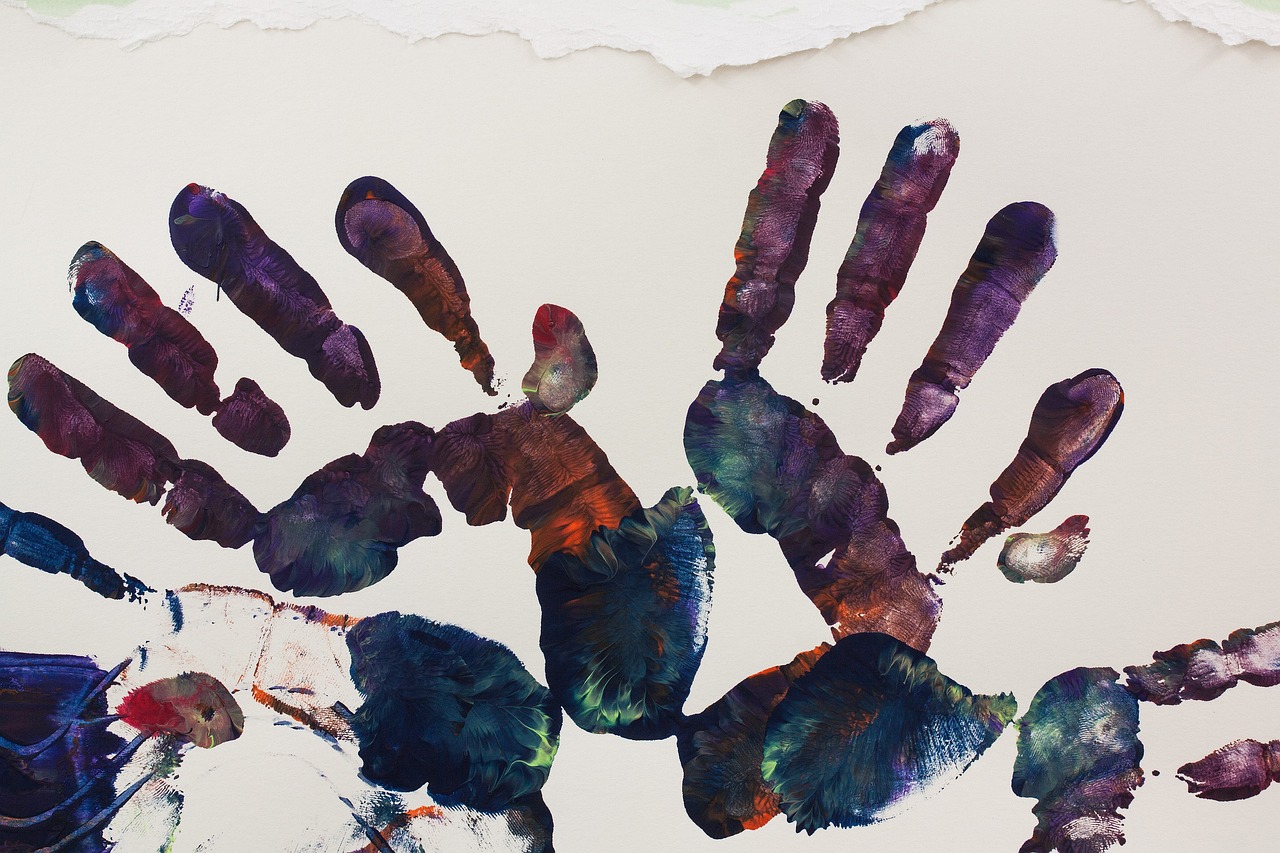As you probably already know, autism is a neurodevelopmental condition that can affect human social interaction, behavior, and communication skills. Although autism currently has no known cure, many treatments and therapies can greatly benefit those living with the disorder. One of the most promising treatments for autistic children is art therapy, which helps children express themselves creatively and emotionally. Art therapy has the potential to make a big positive impact on the lives of autistic children, and that exactly will be the topic of this article.
Encouraging Self-Expression
Problems with verbal expression and the understanding of social and emotional signals are common among autistic children. This is where the first benefit of art therapy lies – art therapy allows children to express themselves nonverbally, sharing their inner ideas, emotions, and experiences. It is a safe space where children explore their inner world and express themselves without any expectations or judgments. Through various art activities, whether it’s drawing, painting, sculpting, or any other form of artistic expression, autistic children will express themselves freely, rather than feeling the pressure of verbal communication. This process of self-expression will develop a sense of autonomy and empowerment among them.
Emotional Regulation
Meltdowns, anxiety, and other emotional issues are common among autistic children because of their difficulty with sensory processing and emotional regulation. Art therapy can help children learn to identify, understand, and regulate their emotions in healthy ways. It is a supportive and safe environment where they can explore and express their emotions. Additionally, art therapy can help with understanding hand flapping or any other repetitive actions that serve as a coping mechanism. Children who engage in creative activities are better able to process their feelings, let go of tension, and learn to control their emotions and reactions to stressful situations. The entire emotional well-being of children with autism will be greatly enhanced by art therapy.
Improved Learning and Motor Skills
In art therapy, autistic children are provided with a variety of art materials; each activity can help in the development of both fine and gross motor skills. For example, coloring with crayons is a great way for children to practice the three-finger grip, which is crucial for learning how to write. Also, children train their fine motor skills as they cut and paste while creating art and crafts. Gross motor skills are developed with activities like painting with their hands or feet or creating models out of clay. Additionally, since art is almost always engaging for autistic children, it helps them learn to concentrate for longer periods and improve their attention span. When the child is highly motivated by a certain skill, the art therapist will do their best to help the child master that skill easier and faster.
Higher Confidence and Self-Esteem
Children who participate in art therapy often have higher levels of confidence and self-esteem because of the sense of accomplishment art therapy provides. As autistic children explore their hidden artistic talents and creative potential, they gain a new sense of self-worth and confidence in their skills. Different art therapy successes, such as finishing a painting, getting positive feedback, or presenting their work, can greatly influence children’s sense of self-worth and their motivation to keep exploring and creating.
Improved Ability to Manage Sensory Sensitivities
Some autistic children can have higher or lower sensitivity to certain stimuli, such as light, sound, taste, touch, or smell. Art therapy helps with the gradual and fun introduction of potentially anxiety-inducing textures or smells. A child can, for example, have an extreme sensitivity to the texture of the paint, but he/she can become comfortable with the paint without any stress by using a long-handled paintbrush or balls. A finger painting can also be introduced gradually to help the child start tolerating the texture. With repeated exposures to certain stimuli, a child will become able to tolerate these in everyday life. For example, by being exposed to slimy newspaper strips coated in paste during art therapy, a child will develop a tolerance for touching slimy hand soap.

Improved Social and Communication Skills
Art therapy is known for motivating children to work together and improve their social interaction and communication skills. Group art therapy sessions teach autistic children to be more social, share what they have, and communicate their feelings and ideas with others. Autistic children can struggle to read nonverbal signs in others, such as body language and facial expressions. Art therapy will give them the opportunity to connect with their therapists, classmates, or family members by creating art together, without the initial need for verbal communication, which is often stressful for them. Additionally, looking at others’ artwork can help them develop skills of understanding others’ perspectives, but also the skills of turn-taking, cooperating, sharing, and appreciating one another’s unique qualities.
How to Find an Art Therapist?
So, you’re interested in finding art therapy for your children, but you don’t know where to start? Relax – it’s easier than you think. Start with doing research. An internet search for “art therapy near me” or “art therapy for children with autism” might be a good place to start. Another option is to reach nearby schools, hospitals, and therapy centers and ask if they offer art therapy. If this fails, try asking around for suggestions from other parents or friends. Personal recommendations might be quite useful to find quality art therapy services. Once you have a few options in mind, consider factors such as the therapist’s experience, qualifications, and approach. Choose the one that you feel comfortable with and think will help your child the most. It’s very important to choose a therapist that you have faith in and who you believe will provide a safe and supportive environment for your child.
As you can see, art therapy provides a safe space for autistic children to share their feelings, ideas, and needs. It lets them do something creative while also improving their physical, mental, emotional, and social being. When it comes to helping your autistic child deal with their difficulties, art therapy is a great choice you can make.
Comments
0 comments


